6 September, 2013
Is the Grass Always Greener?: All Things Grass Fed Beef
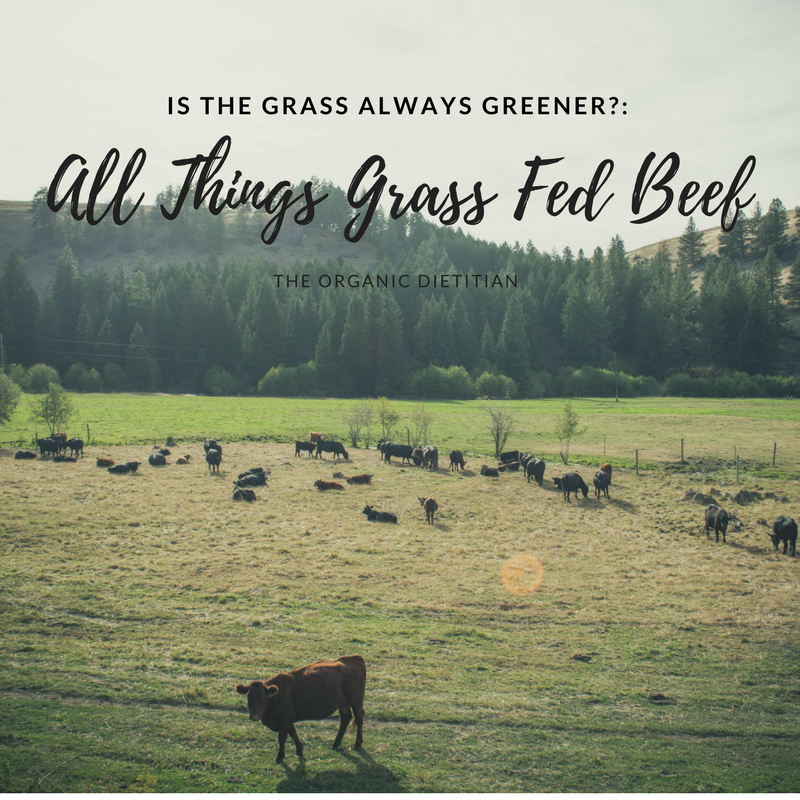
Grass Fed beef is growing in popularity and for good reason. If you are a carnivore there are a number of different reasons why you may want to make the switch. I get asked all of the time if grass-fed beef is better and if so why? The short answer is yes and here is why.
Most of the beef that we find in stores today come from a feedlot. Traditionally, cows live on a green pasture out in the open and fill up on a diet filled with the grass that grows around them. In todays world of heavy meat eaters and companies that want to make quick money this tradition has changed. All cows generally graze on pasture for the first 6 months to one year of life and then they are moved to a feedlot. In this feedlot they are finished on a mix of corn, soy, grains, hormones, and antibiotics (most of which are usually GMO). This cheap high calorie diet is provided to them so that they grow to slaughter weight at a faster rate. Animals that are finished on grain tend to gain slaughter weight up to one year faster than a cow fed forage, grass, and hay.
Sustainability
Less energy and fossil fuel goes into growing grass than grain. On a pasture, grazing animals do their own fertilizing and harvesting. The ground is covered in greens all year round, so it does a perfect job of holding on to the top soil and moisture.
In feedlots where the cows are confined in sheds or kept outdoors on empty land and all their grains are shipped to them from far away fields it is a different story. The fields that provide them the grains are typically treated with fossil-fuel based fertilizers, sprayed with pesticides, and are grown with the use of heavy equipment. The fuel that is used in this process is non-renewable energy. Once the grains are harvested, fuels are used to transport those crops to get processed into feed and then more fuel is used for shipping the feed to the animals.
On a traditional pasture raised cow farm, the manure is spread over the soil where is becomes an organic fertilizer and nourishes the land properly. On factory farms the manure builds up in the lots and releases ammonia and other gases into the air. When the manure is dispossed of in fields it can excrete excess nitrogen and phosphorous into the soil and ground water which can increase the growth of undesirable algae. This algae is what can contaminate drinking water and cause water unsuitable for fishing and other recreational uses.
The USDA says that commercially raised cow farms create 61 millions tons of waste which is 130 times more than human waste.
Nutritional Aspect
Meat from grass fed cows has a better nutrition profile. Grass fed beef has less overall fat content and the fat that is present is an Omega 3 (good fat) vs. grain fed beef that is high in Omega 6 (too much in the diet can cause inflammation). Grass fed beef is lower in calories (much to do with the lower fat content), about 92 calories per serving which over a year of consuming 67 pounds of beef on average would save you 16,642 calories. Grass feed beef is lower in cholesterol, contains more vitamin A and E, is higher in antioxidants, and can have up to 7 times more beta-carotene.
Inhumane Treatment of Cows
Feedlot practices are often inhumane to the animals. Keeping thousands of animals confined indoors or on a small plot of land to increase the profit. Animals are injected with hormones and antibiotics which can make them sick. If you search YouTube you can find videos of cows that can not even stand up because of all the drugs they are given and they have to use fork lifts to move them to slaughter.
Labeling
Labels on grass fed beef may not be telling you the whole story. Here is a great guide to reading the labels on grass fed meats and what to look for. Grass fed beef is more expensive and you want to make sure you are spending it on the best quality with the benefits of truly grass fed meat.
Resources
Eat Wild is also a great website for resourcing local grass fed meats and dairy products. You may even be able to purchase a whole or half cow at a discount to what you can find in the grocery store. Finding friends and family to share the animal with can help with the cost. Eating local meat is also great because you can visit the farms to see how the animals are living and ask the farmer themselves what practices they use.
Butcher Box is an online source for humanely raised meets. They do all of the work of finding the highest quality meat that is fed their proper diet and deliver it to your front door.
Arizona Grass Raised Beef Co. is 100% grass-fed and finished as well. Their cattle enjoy naturally occurring Arizona grasses, water, and flowers. Their free range method allows the cattle to enjoy a stress free lifestyle. You can order online and have it delivered to your home.



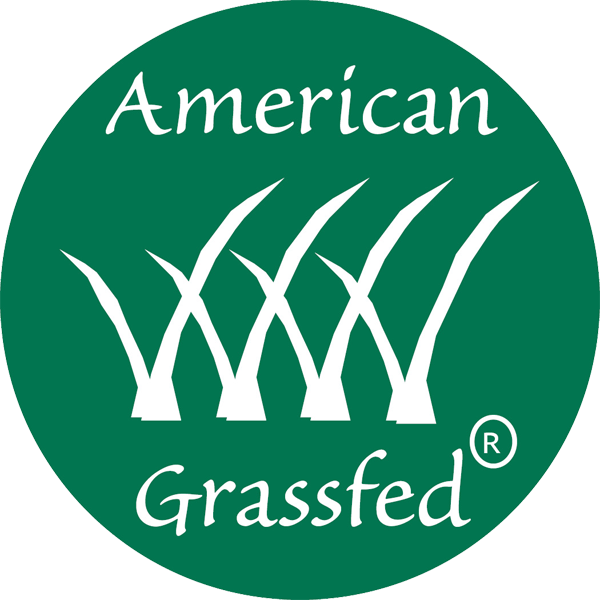
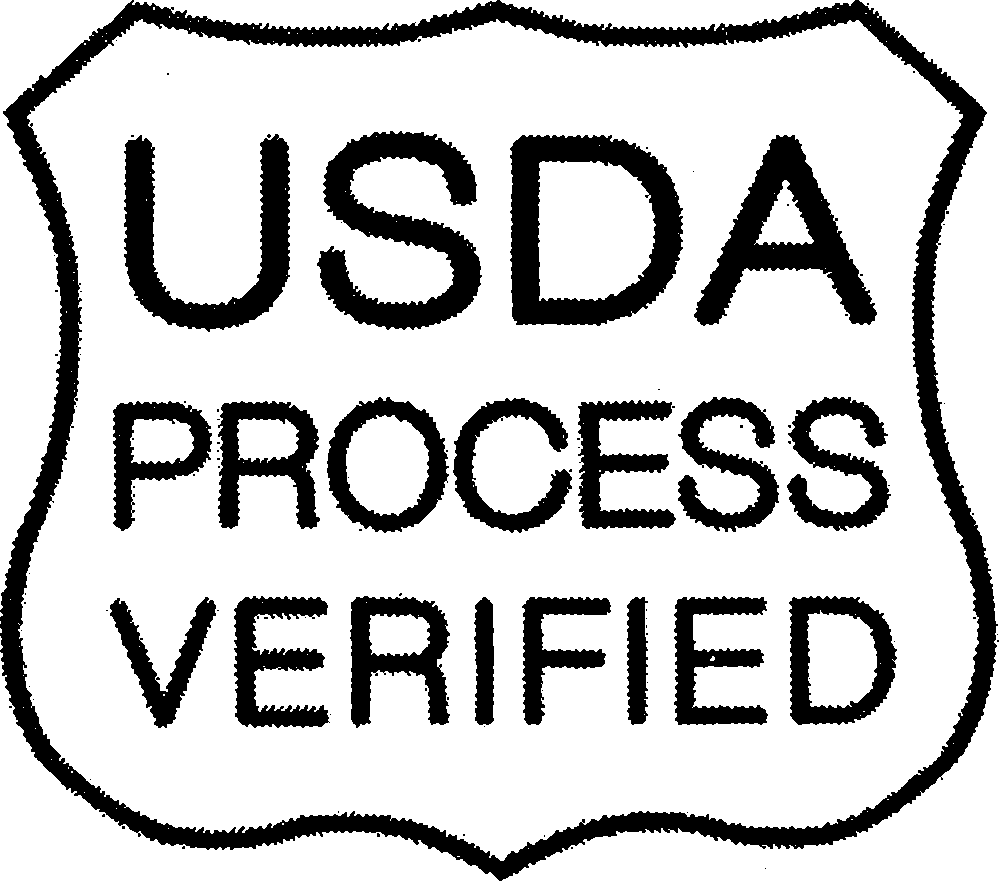



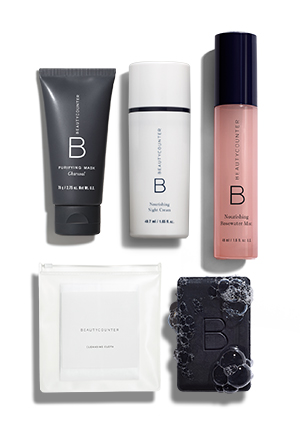
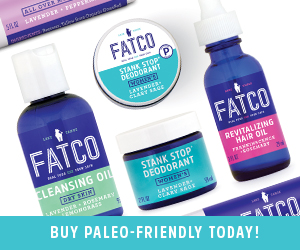







 80% of chronic dis-ease is rooted in stre
80% of chronic dis-ease is rooted in stre
 As
As 

Many people think about the health benefits of eating grass fed beef, but you make a good point about sustainability. It is easier and more environmentally helpful to raise grass fed cows. I appreciate when markets offer grass fed beef.
I am so glad you are on the same page!
I have been reading a number of different blogs about how hyped up grass-fed beef is, in that you can get the benefits of CLA and Omega-3 easier from other sources, but they seem to miss the point that people eat beef a lot, and over time, it is much better to eat healthier cuts of beef than not. Plus I love the taste of it, that is a personal preference. Thanks for writing this and educating people on grass-fed beef.
I didn’t know that grass fed beef has omega 3 and less calories overall. My friend was telling me that I should only eat grass fed beef, and I didn’t know what that would help. I can see how it would be better to try that beef, because I am trying to cut a lot of fat out of my diet.
You don’t have to cut fat out of your diet. Fat is important for so many different reasons. You just need to choose the right fats and grass-fed beef has more of the right fats.
It’s nice to learn that the simple difference in the cow’s meal could significantly affect how less the fat it contains and calories it has is. Additionally, there’s more vitamin A and E, antioxidants and beta-carotene in these kinds of beef as you’ve mentioned. That’s wonderful since I’ve been meaning to find a healthier meat to feast on since I’ve stopped eating pork years ago. Hopefully, grass-fed beef is also tastier than conventional beef. Thanks!
Thank you for suggesting that we shouldn’t just rely on the label when buying beef. I would love to feed my family all organic grass fed beef. Hopefully, I can find some in my area that my kids will love.